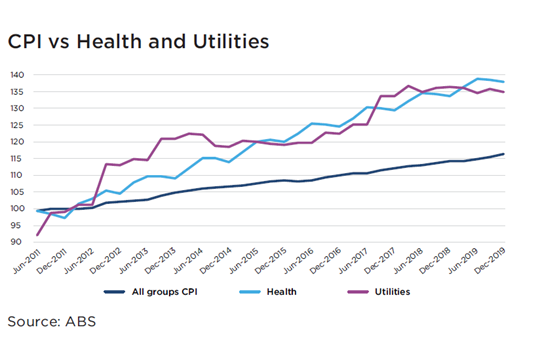How to prepare for a longer life

Although the secrets of a long life remain a mystery, there are now over 300,000 centenarians across the globe and the numbers are rising. Most of us will not survive to 100 no matter how many green vegetables we eat, but there is no doubt life expectancy is increasing. In Japan, 2.5 times more adult than baby diapers are sold. Australian life expectancy from birth is among the highest in the world with the average man living to 80.7 and 84.9 for a woman. It assumes no improvement in healthcare which can increase life expectancy further.

Not only that, but for a couple who reach the age of 65, there is a 50% probability that one will live to 95. In addition, many people are forced to retire earlier than planned, either due to redundancy, illness or carer’s responsibilities. So, while many people consider working longer it is not always possible and the average retirement age is still only 62.9 years old.

Therefore, it will come as no surprise to note that this creates a gap and retirement savings will have to last longer. When the Keating government brought in the super system over 30 years ago, super only had to provide for an average life expectancy of 78 years. Now with increasing longevity superannuation investors typically need to plan for a much longer retirement of 25 years on average.
Modelling also needs to factor the inflation rate faced by individuals and households. Although the overall inflation rate for the global economy is low by historical standards, as households what we spend our money on at various points in time dictates the hurdle rate we need to overcome to maintain the purchasing power of our wealth. The cost of utilities and healthcare have increased much faster than CPI over the last decade whereas sectors such as technology and clothing have fallen. Furthermore, the drought is affecting food prices and the falling Australian dollar has increased the cost of international travel.

To bridge the gap, we have to consider a different approach to previous generations, work longer or accept a lower income in retirement. A 25-year average retirement means that a typical conservative portfolio (30% growth /70% defensive) may not produce enough retirement income. Leaving aside today’s low interest environment which exacerbates the problem, we need to re-assess the starting point for our asset allocation.
A core part of the financial advice process is assessing an investor’s risk tolerance. If the result of this assessment is that the investor is a balanced investor for example, their portfolio will typically have 70% growth and 30% defensive assets, even in retirement. Without advice, there may not be a trigger to consider whether the investor’s investment strategy is best suited to meet their goals and objectives. Given that asset allocation is the key driver of portfolio returns this can have a material impact – good or bad, depending on the market environment. While each investor’s individual circumstances and risk appetite will dictate what is appropriate, all else equal a 30% growth /70% defensive allocation is no longer the starting point for most pre-retirees.
Managing these trade-offs is at the heart of the decumulation challenge. Solving for shortfall risk can expose superannuation investors to sequencing risk and vice versa. As retirement approaches the investor’s pool of savings is typically at its largest and therefore the risks associated with a market downturn are greatest. However, by reducing the allocation to growth assets to the level sustainable in the past, there is a greater risk that the investor’s money won’t last.
The market is evolving with strategies and investment options that can help Australians to translate a lifetime of investing in super into a sustainable income stream. Considering the need for income, flexibility and managing longevity risk, a combination of products and strategies may be required to solve the problem. Before considering current market conditions investors need to understand their risk tolerance and whether their current investment approach is best to future-proof portfolios given today’s longer retirement span.
Summary
- Consider reviewing your investment strategy to ensure that it reflects your goals, risk appetite and planned expenses
- An adviser can help manage the balance between the appropriate amount of growth assets in your portfolio and the risk of running out of money
- Self-directed investors should consider whether their investment approach is too conservative to meet their goals and risk appetite
- Investment management is evolving to offer more retirement-oriented solutions. Ask your adviser if your portfolio is working hard enough
Sinead Rafferty CFA, Investment Specialist, Fidante Partners
